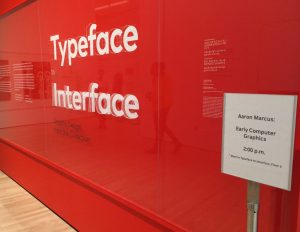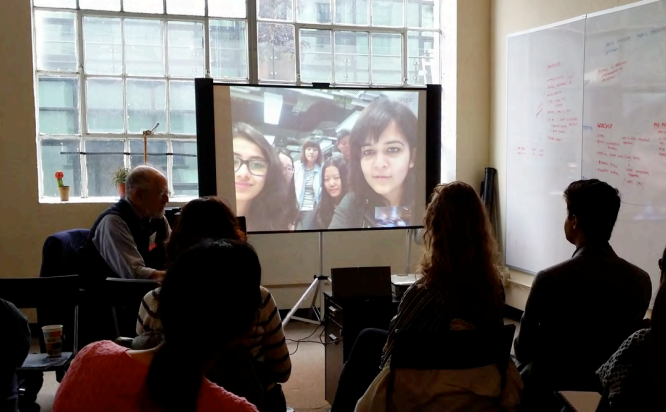User experience (UX) is more than just an interface—it’s about building meaningful connections with users on a human level. In today’s fast-paced digital world, where competition is relentless, the demand for intuitive and empathetic design has soared to unprecedented heights. According to a report by Forrester Research, companies that invest in UX enjoy lower customer acquisition costs, higher retention rates, and increased market share. Modern businesses aren’t just seeking functional designs—they’re pursuing Human-centered design that prioritizes user needs and builds lasting relationships.
Human-centered UX Design leverages empathy to deeply understand the user’s perspective, challenges, and expectations. It goes far beyond aesthetics, striving to create solutions that resonate with human emotions and behavior. This approach is fundamental to delivering exceptional UX Consulting Services that drive engagement and satisfaction.
In this blog, you will read how empathy-driven UX boosts brand loyalty and the key principles that make it successful. Keep reading to learn more.
The Evolution of Human-Centered UX Design: From Traditional to Modern Approaches
Human-centered UX Design has come a long way from its traditional focus on aesthetics and usability to a more holistic and empathetic approach. Initially, UX was merely about making digital interfaces visually appealing and somewhat usable. However, with evolving consumer expectations and technological advancements, the focus has shifted toward designing experiences that resonate with human emotions and behaviors.
Today’s UX practices involve thorough user research, empathy mapping, and inclusive design principles. The modern approach aims not only to meet functional requirements but to deliver emotionally engaging experiences that build long-lasting relationships.
Understanding Human-Centered UX Design
Human-centered design focuses on creating solutions that are deeply rooted in the end user’s needs, preferences, and pain points. It’s a problem-solving methodology that combines creativity, empathy, and technology to ensure seamless interaction. Whether designing a mobile app, a website, or a digital platform, the goal is to enhance usability and accessibility while making interactions delightful and intuitive.
Why Does Human-Centered UX Matter?
A study conducted by Adobe revealed that 73% of companies that excel in design outperform their competitors. This clearly indicates that incorporating empathy-driven UX Consulting Services enhances business performance. The reason lies in the ability of Human-Centered Design to boost customer engagement by making users feel valued and understood.
A key principle of Human-centered UX Design is actively involving users throughout the design process. This collaboration creates products that are both functional and emotionally resonant, enhancing user engagement. The better the experience, the higher the customer loyalty and advocacy.
How Empathy-Driven UX Boosts Brand Loyalty and Customer Satisfaction?
Empathy-driven UX is not just a design approach; it’s a strategy to foster deeper connections between brands and their audiences. By putting users at the center of the design process, businesses demonstrate that they genuinely care about their needs and experiences. This results in enhanced brand loyalty and customer satisfaction.
Empathy-focused designs are intuitive, accessible, and personalized, leading to higher customer engagement. When users feel that their emotions and preferences are acknowledged, they naturally develop a stronger bond with the brand, promoting customer advocacy and long-term retention.
Key Principles of Human-Centered UX Design
Empathy Mapping: Identifying what users think, feel, and experience during their interaction with your product.
Usability Testing: Continuously evaluate the design through user feedback to eliminate friction and optimize usability.
Inclusive Design: Making the product accessible to diverse users, including people with disabilities, ensures inclusivity.
Iterative Process: Adopting a flexible approach to improve the user experience design based on real-world interactions continuously.
Contextual Understanding: Analyzing the environment and context in which users interact with the design.
Incorporating these principles into UX Consulting Services ensures that every touchpoint is crafted with empathy and precision, fostering a positive customer experience.
The Role of UX Consulting Services in Human-Centered Design
Professional UX Consulting Services play a crucial role in translating empathy into actionable design strategies. UX consultants conduct research, create wireframes, and develop prototypes to ensure every design element meets human needs and expectations. This holistic approach helps brands gain a competitive edge while delivering solutions that resonate with users.
Enhancing Customer Interaction with UX Consulting
Incorporating Human-centered UX Design in consulting processes helps businesses achieve:
Higher Conversion Rates: Engaging and intuitive designs encourage users to take desired actions.
Reduced Bounce Rates: Users stay longer when they find content and design relatable and user-friendly.
Increased Customer Satisfaction: Happy users translate to brand loyalty and positive word-of-mouth.
Better Brand Perception: Human-centered design positions the brand as thoughtful and customer-focused.
By leveraging professional UX Consulting Services, companies ensure that their digital products not only meet user expectations but exceed them, fostering long-term success.
Final Thoughts
Investing in Human-centered UX Design is no longer a luxury but a necessity for businesses aiming to thrive in a customer-centric digital landscape. As competition intensifies, brands must adopt empathy-driven approaches to resonate with users and drive sustainable growth. With expert UX Consulting Services, businesses create value by aligning their digital solutions with human behavior and expectations. Transform your customer interactions today by embracing Human-Centered UX Design—because putting users first is the ultimate path to lasting success.




